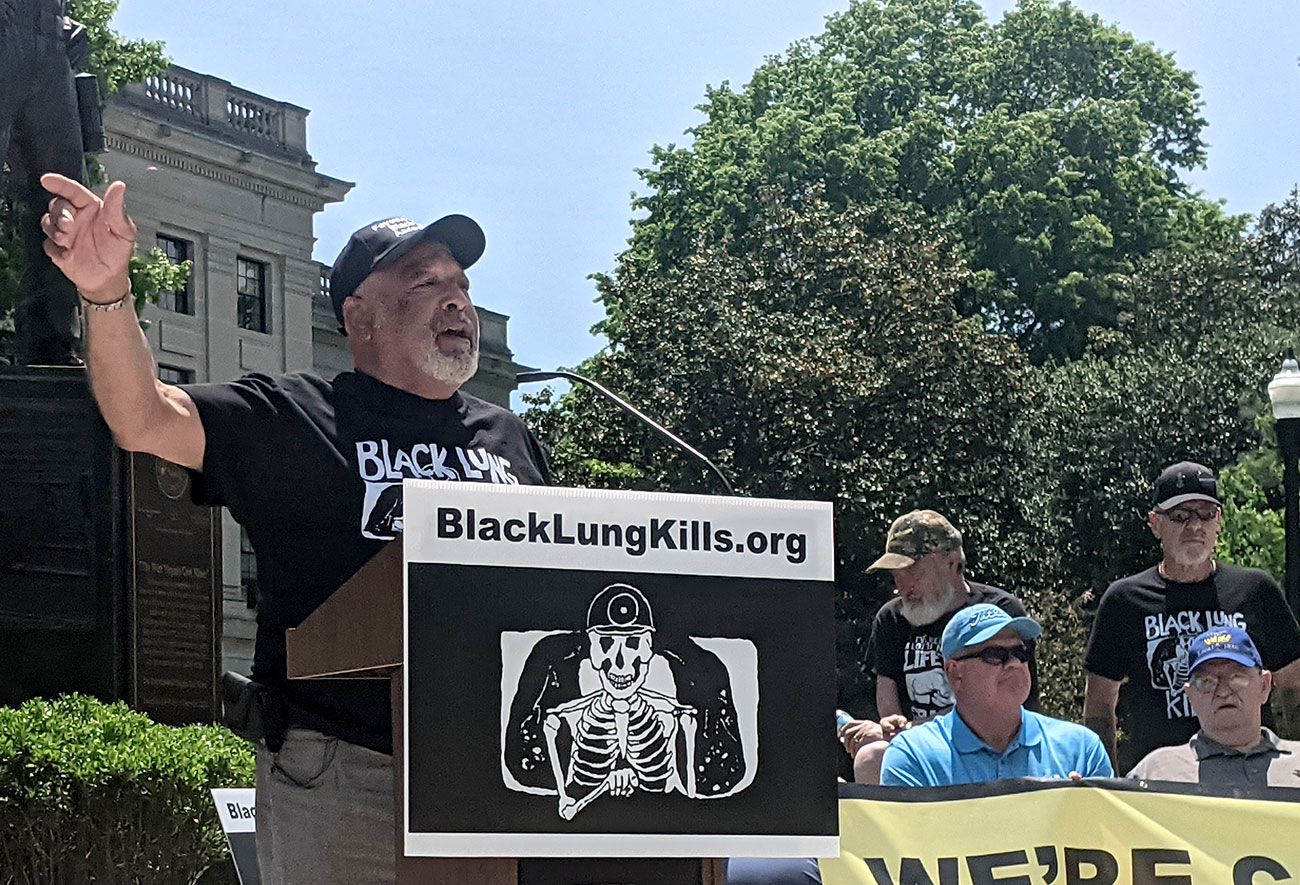The Mine Safety and Health Administration issued its final rule lowering silica dust exposure for coal miners Tuesday, a long awaited change amid growing concern about black lung disease.
As expected, the new MSHA rule lowers the maximum exposure to 50 micrograms per cubic meter of air during an eight-hour shift. The current limit is 100 micrograms per cubic meter.
The rule will take effect on June 17. Coal producers will have 12 months to comply. Metal and nonmetal mine operators will have 24 months.
Respirable crystalline silica is a carcinogen. It can cause lung disease, silicosis, lung cancer, progressive massive fibrosis and kidney disease. Coal dust containing silica dust has been shown to increase the severity of black lung cases and affect miners in their 30s and 40s.
The silica dust problem is thought to be caused by the mechanization of mining, especially in central Appalachia. Large machines grind through larger volumes of rock to maximize coal production.
Mine operators are supposed to ventilate mine work areas to lower the concentration of coal and rock dust, as well as methane.
Studies have shown in recent years that 1 in 5 miners in central Appalachia has black lung.
An investigation of the 2010 Upper Big Branch mine disaster in Raleigh County found that 17 of the 24 miners whose lung tissue could be sampled showed signs of black lung disease. A total of 29 miners died in the explosion, caused by a mixture of methane and coal dust.
MSHA rolled out the silica dust rule at an event Tuesday morning in Uniontown, Pennsylvania.
U.S. senators from Ohio, Pennsylvania, Virginia and West Virginia, including Sen. Joe Manchin, praised the rule, though they had previously criticized the agency for delays to its implementation.
